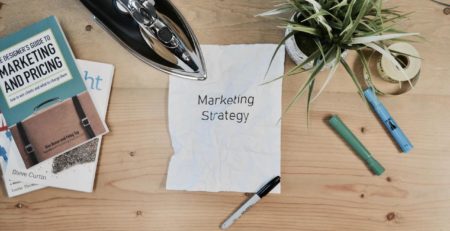E-commerce Optimization: Converting Clicks into Sales
Understanding E-commerce Optimization
E-commerce optimization is the process of improving various elements of your online store to increase the conversion rate. This involves enhancing user experience, refining product pages, streamlining the checkout process, and implementing effective marketing strategies. The ultimate goal is to turn casual browsers into loyal customers. Understanding e-commerce optimization means recognizing the importance of each element in the sales funnel. Every step of the user journey needs attention and improvement to ensure maximum efficiency. From the moment a visitor lands on your site to the final checkout, every touchpoint counts. This comprehensive approach ensures no potential sale is lost due to preventable issues.
The Importance of User Experience
A seamless user experience (UX) is critical for e-commerce success. When visitors land on your website, they should find it easy to navigate and visually appealing. Here are some tips to enhance UX: Ensure your website is mobile-friendly. With a significant portion of shoppers using mobile devices, a responsive design is essential. Optimize your website’s loading speed. Slow websites can frustrate users and lead to higher bounce rates. Make it easy for users to find what they’re looking for. A well-organized menu and search function can significantly improve navigation. A well-designed user experience can lead to higher engagement and better conversion rates. Addressing these elements can significantly impact your bottom line. Remember, a happy customer is more likely to return and make repeat purchases.
Crafting Compelling Product Pages
Product pages are where the magic happens. They should be informative, persuasive, and engaging. Focus on these elements to create standout product pages: Use clear, high-resolution images from multiple angles. Videos can also be beneficial in showcasing the product. Provide comprehensive product descriptions that highlight features, benefits, and specifications. Use bullet points for easy readability. Include customer reviews and ratings. Positive feedback builds trust and can influence purchasing decisions. Use strong, clear calls-to-action (CTAs) that encourage users to add items to their cart or buy now. A compelling product page needs to address all potential questions a customer might have. The goal is to provide enough information to make the decision-making process straightforward. By addressing customer concerns and showcasing the product effectively, you can significantly increase your chances of making a sale.
Streamlining the Checkout Process
A complicated checkout process can be a major barrier to conversions. Simplify it to reduce cart abandonment rates: Allow customers to make purchases without creating an account. Offer a variety of payment methods to cater to different preferences. Enable auto-fill options for address and payment information to speed up the process. Show progress indicators during checkout to inform customers of how many steps remain. Simplifying the checkout process involves removing unnecessary steps and making it as user-friendly as possible. This includes minimizing the number of forms users need to fill out and providing clear instructions. The easier and faster the checkout process, the less likely customers are to abandon their carts. This translates to higher conversion rates and more satisfied customers.
Effective Marketing Strategies
Marketing plays a crucial role in driving traffic and converting visitors. Implement these strategies to boost your e-commerce success: Ensure your website is optimized for search engines. Use relevant keywords, meta descriptions, and alt texts to improve visibility. Build an email list and send targeted campaigns to engage customers and encourage repeat purchases. Leverage social media platforms to promote your products, engage with customers, and drive traffic to your website. Use retargeting ads to re-engage visitors who have left your site without making a purchase. Effective marketing involves understanding your target audience and crafting messages that resonate with them. It’s about being present where your customers are and providing value. By consistently applying these strategies, you can create a strong brand presence and drive more sales.
Transforming Strategies into Sales
Converting clicks into sales is an art that requires a combination of strategic planning, user-centric design, and effective marketing. By focusing on e-commerce optimization, you can enhance the shopping experience, build trust with your audience, and ultimately increase your conversion rates. Embrace these practices to unlock the full potential of your online store and watch your sales soar.










